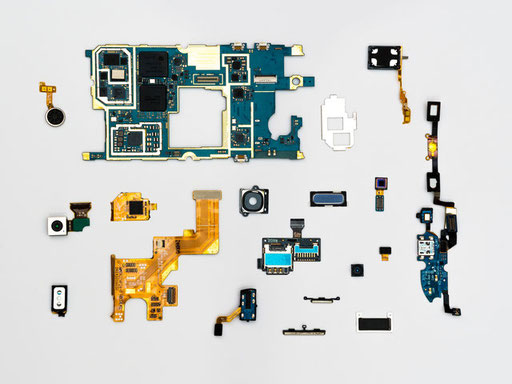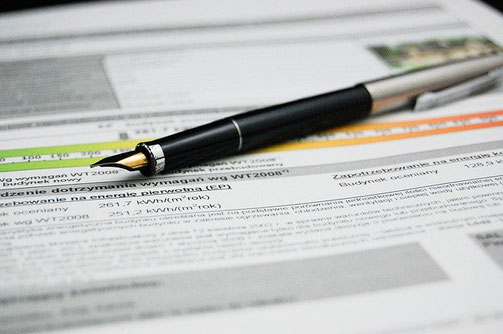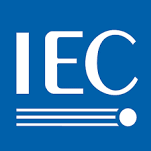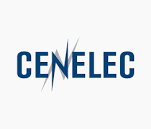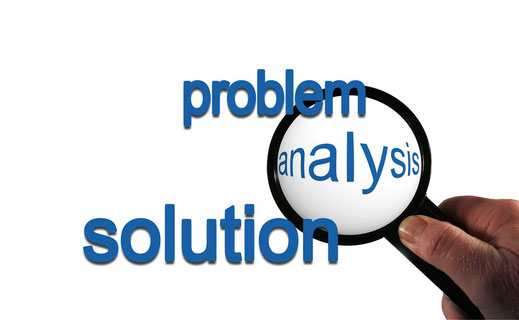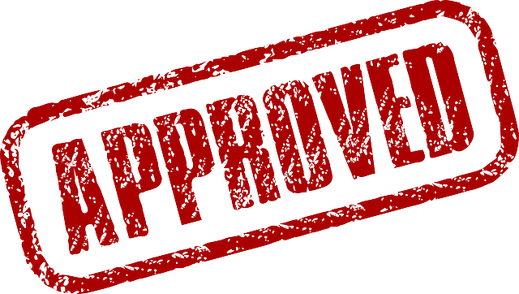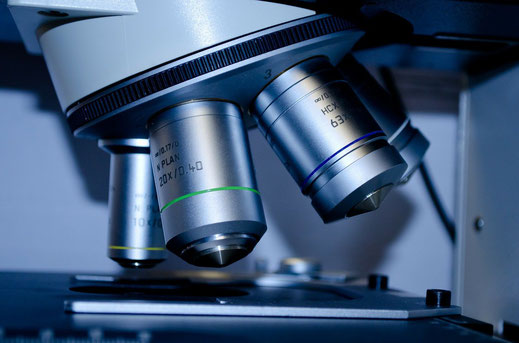
How do you test your products and verify their compliance against the RoHS substances? In other words, what kind of information is necessary and sufficient to perform valuable RoHS conformity assessments?
You essentially have two options: either you do the test yourself or benefit from tests a stakeholder in your supply chain has already conducted. Then, you will use the gathered information to make your technical file. In other words, the sources of information are:


